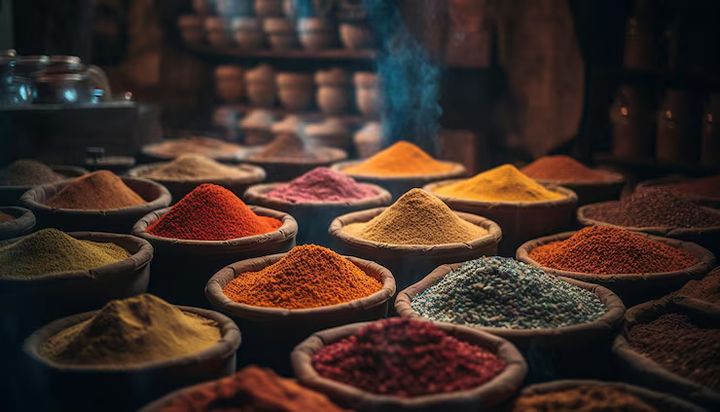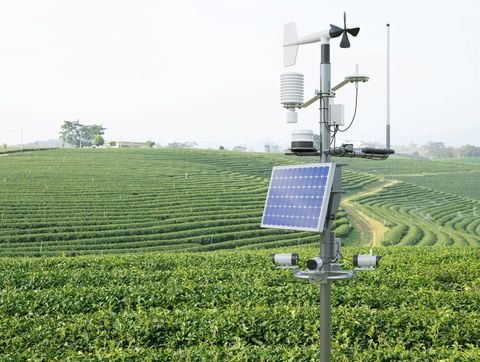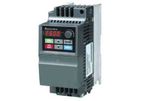
Guide to RDP powder supplier - redispersible powder factory
Redispersible polymer powder, commonly known as RDP powder, is a vital chemical additive in the modern construction industry. It is a free-flowing, white powder derived from liquid polymer emulsions through a process called spray-drying. When this powder is mixed with water, it "redisperses" back into an emulsion, acting as a powerful binder in dry-mix mortars and other construction materials.
The primary function of RDP powder is to enhance the properties of cement- and gypsum-based mixtures. By incorporating RDP powder, manufacturers can create dry-mix products with superior performance characteristics that are otherwise not possible with traditional materials. This innovation addresses the need for more efficient, durable, and versatile building solutions. The existence of dedicated RDP powder suppliers and factories is a direct response to the global construction industry's demand for these high-performance additives.
Importance: Why RDP Powder Matters Today
The use of RDP powder has become a cornerstone of contemporary construction, influencing a wide range of applications and solving several key problems. The importance of RDP is rooted in its ability to improve the fundamental qualities of building materials, leading to more resilient and long-lasting structures.
Solving Construction Challenges
RDP powder is crucial for addressing common issues faced in construction, such as:
-
Weak Adhesion: In traditional mortars, the bond between a material and its substrate can be weak, leading to failures like tiles detaching from a wall. RDP powder significantly increases the adhesive strength, ensuring a powerful and lasting bond.
-
Lack of Flexibility: Rigid materials like concrete and mortar can crack when exposed to thermal expansion, contraction, or structural movement. RDP adds flexibility and elasticity, allowing the material to withstand these stresses without cracking.
-
Poor Workability: RDP improves the rheological properties of fresh mortar, making it smoother and easier to apply. This enhances the workability of the mixture, reduces labor time, and helps achieve a more uniform finish.
-
Moisture Sensitivity: Many construction materials are susceptible to water damage. RDP powder can impart hydrophobic (water-repelling) properties, making materials more water-resistant and suitable for applications in damp environments like bathrooms and exteriors.
Impact on Key Stakeholders
The benefits of RDP powder extend to various groups within the construction ecosystem:
-
Manufacturers: Dry-mix mortar manufacturers rely on RDP powder to formulate a wide range of high-performance products, including tile adhesives, self-leveling compounds, and repair mortars. It allows them to create consistent, high-quality products that meet specific performance requirements.
-
Contractors and Builders: For those on the ground, RDP-modified products offer ease of application, better results, and reduced call-backs for repairs. This improves productivity and the overall quality of their work.
-
Building Owners: The use of RDP in construction leads to more durable and long-lasting buildings, reducing maintenance costs and increasing the lifespan of the structure.
Recent Updates and Market Trends
The redispersible polymer powder market is continuously evolving, driven by technological advancements and shifting industry demands.
Market Growth and Key Drivers
The global redispersible polymer powder market has shown significant growth in recent years. In 2024, the market was estimated at approximately $1.61 billion and is projected to reach $2.35 billion by 2029, with a Compound Annual Growth Rate (CAGR) of about 7.8%. This growth is primarily fueled by:
-
Rapid Urbanization: Particularly in the Asia-Pacific region, a surge in residential and commercial construction projects is driving the demand for high-performance building materials.
-
Focus on Green Building: The push for sustainable and energy-efficient construction practices has increased the adoption of RDP powder, as it enables the development of low-VOC (volatile organic compound) materials.
-
Infrastructure Development: Large-scale infrastructure projects, such as roads and bridges, require durable and resilient materials, further boosting the demand for RDP-enhanced products.
Innovations and Product Development
Recent trends in the RDP powder industry include a focus on developing specialized formulations. For example, some manufacturers are creating products with enhanced hydrophobicity and alkali resistance for use in demanding exterior applications. The development of new redispersible latex powders is also aimed at improving adhesion and flexibility in specific applications like tile adhesives and self-leveling compounds. A key development was in May 2023, when a major manufacturer invested in a new reactor and spray dryer at its China facility to expand its production capacity for VAE-based RDP powders, a segment that holds a significant market share.
Laws and Policies
The manufacturing and use of RDP powder are subject to various regulations, particularly those related to environmental and safety standards.
Environmental Regulations
Government policies around the world are increasingly focused on reducing the environmental impact of construction materials. This includes regulations on:
-
Volatile Organic Compounds (VOCs): Many regions have strict limits on VOC emissions from building products. RDP powder is a crucial component in creating low-VOC or solvent-free dry-mix mortars, helping manufacturers comply with these regulations.
-
Hazardous Materials: The storage and handling of certain chemicals used in RDP production are governed by environmental and health safety laws. Factories must adhere to strict guidelines to prevent pollution and ensure worker safety.
-
Green Building Certifications: Certifications like LEED (Leadership in Energy and Environmental Design) and BREEAM encourage the use of materials that have a reduced environmental footprint. RDP powder contributes to achieving these certifications by enabling the creation of sustainable and energy-efficient building solutions.
Quality and Safety Standards
International and national standards bodies, such as ISO, CEN, and ASTM, provide guidelines for the quality and performance of dry-mix mortars. These standards often dictate the required properties, such as bond strength, flexibility, and water resistance, for which RDP powder is a key additive. Manufacturers must ensure their products meet these specifications to be used in various construction projects.
Tools and Resources
For both suppliers and buyers of RDP powder, a variety of resources are available to facilitate informed decisions and efficient operations.
Industry-Specific Websites and Databases
-
Supplier Directories: Online platforms like Barchart, MarketsandMarkets, and industry-specific directories list RDP powder manufacturers and suppliers, complete with product specifications and contact information.
-
Technical Data Sheets (TDS): Reputable suppliers provide detailed TDS for each product grade. These documents offer crucial information on physical properties, chemical composition, and recommended applications.
-
Safety Data Sheets (SDS): These documents are essential for understanding the safety precautions, handling instructions, and emergency procedures for a specific RDP powder.
Expert Consultation and Technical Support
Many large RDP manufacturers and suppliers offer dedicated technical support teams. These experts can assist customers with:
-
Formulation Guidance: Advising on the correct dosage and type of RDP powder for a specific dry-mix mortar formulation.
-
Application Testing: Conducting lab tests to ensure the final product meets the required performance standards.
-
Custom Solutions: Developing tailored RDP products for unique or challenging construction applications.
Frequently Asked Questions
What is the main purpose of RDP powder in construction?
The main purpose of RDP powder is to improve the performance of dry-mix mortars. It acts as a binder that enhances adhesion, flexibility, workability, and water resistance, making materials more durable and versatile.
Is there a difference between RDP powder and a liquid polymer emulsion?
Yes. RDP powder is a solid, spray-dried form of a liquid polymer emulsion. The powder form is more convenient for transportation and storage, and it can be easily mixed with other dry ingredients. When water is added, it redisperses to form an emulsion, retaining the original properties.
What are the common types of RDP powder?
The most common types of RDP powder are based on different polymer emulsions. These include Vinyl Acetate-Ethylene (VAE), Styrene-Butadiene (SB), and Acrylic. Each type offers different properties, such as varying levels of flexibility, water resistance, and adhesive strength, suitable for specific applications.
How should RDP powder be stored?
RDP powder is highly sensitive to moisture. It should be stored in a cool, dry place, in its original moisture-proof, airtight packaging. Once a bag is opened, it should be resealed to prevent clumping and loss of quality.
Conclusion
Redispersible polymer powder has evolved from a specialty additive into an indispensable component of modern construction. By addressing critical performance needs like adhesion, flexibility, and water resistance, RDP has enabled the development of a new generation of high-quality, durable, and sustainable building materials. The industry is characterized by continuous innovation and market growth, driven by a global push for better building solutions. A thorough understanding of RDP, its applications, and the resources available is essential for anyone involved in the manufacturing, supply, or use of dry-mix mortars.










